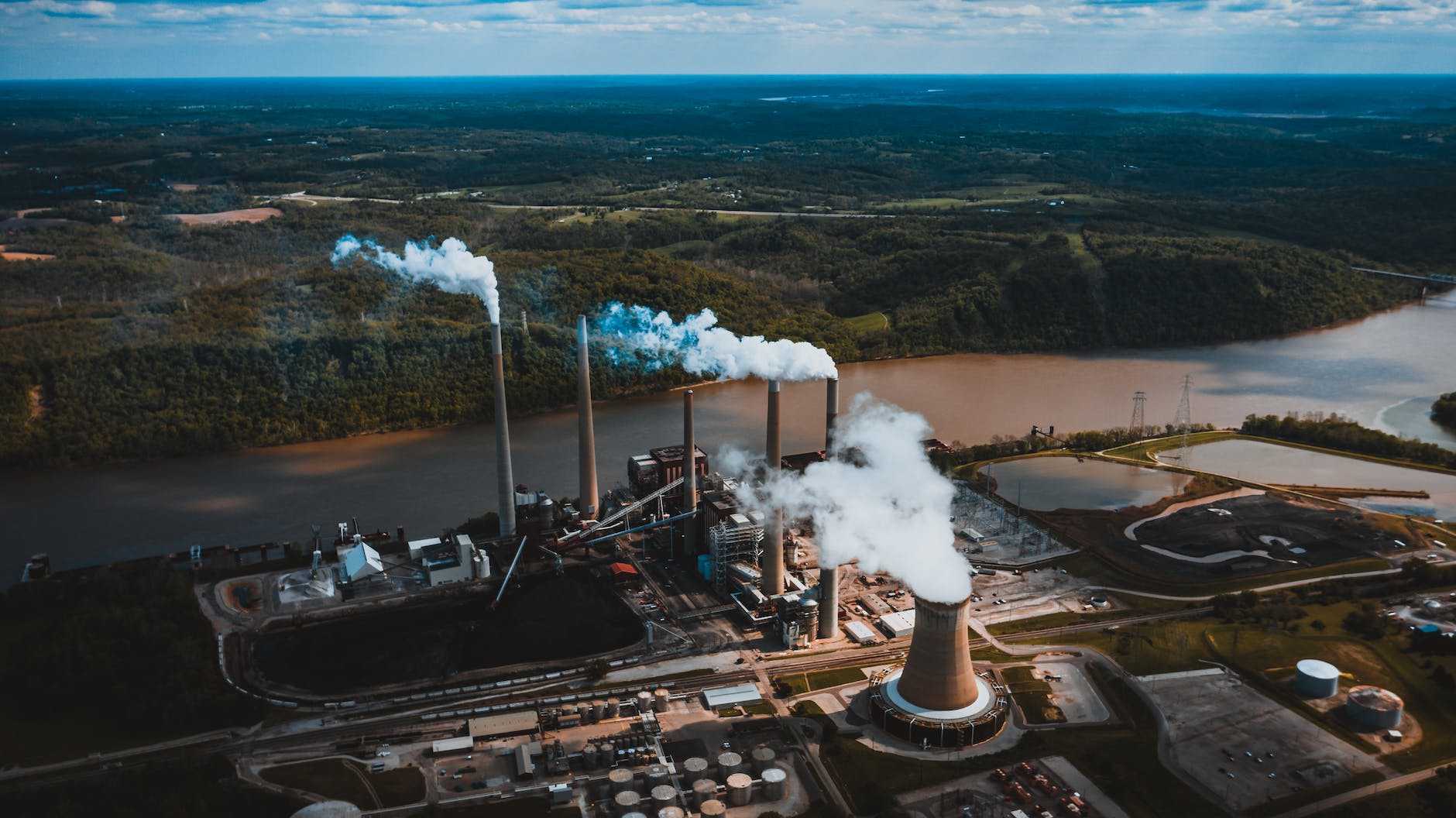
Oil and Gas Safety Courses: Securing the Industry’s Future
In the fast-paced world of oil and gas, safety stands as a paramount concern. The industry’s operations, often involving hazardous materials, high-pressure environments, and complex machinery, necessitate robust safety measures to safeguard both personnel and assets. This article delves into the critical realm of oil and gas safety courses, elucidating their importance, benefits, challenges, and future trajectories.
Introduction to Oil and Gas Safety Courses
Safety forms the bedrock of the oil and gas sector. From drilling rigs to refineries, the risks inherent in these operations underscore the need for comprehensive safety protocols. Oil and gas safety courses serve as the linchpin in educating and preparing individuals to navigate these hazardous environments effectively.
Understanding Oil and Gas Safety
The oil and gas industry, by its nature, poses various risks – from exposure to toxic substances to the potential for fires and explosions. To mitigate these risks, stringent regulatory standards are in place, emphasizing the imperative of safety measures.
Oil and gas safety courses are designed to equip individuals with the knowledge and skills necessary to identify, assess, and manage these risks effectively.
Benefits of Oil and Gas Safety Courses
These courses yield multifaceted advantages. They not only enhance workplace safety but also contribute to a reduction in accidents and incidents. Compliance with industry standards becomes achievable through these structured training programs.
Key Components of Safety Courses
Practical training modules, risk assessment methodologies, and emergency response protocols constitute the crux of these courses. They provide hands-on experience in handling emergency situations, ensuring that individuals are well-prepared to tackle real-world scenarios.
Types of Oil and Gas Safety Courses
From general safety courses covering fundamental principles to specialized modules focusing on specific aspects like equipment handling and hazardous materials, a spectrum of courses caters to diverse needs within the industry.
Choosing the Right Course
Factors such as accreditation, course content, and the expertise of trainers play pivotal roles in selecting the most suitable safety course. Tailoring courses to align with specific job roles ensures optimal learning and application.
Impact of Safety Training on the Industry
The efficacy of safety training reverberates throughout the industry. Case studies showcasing successful implementations underscore the tangible benefits, manifesting in reduced accidents and a safer work environment. Statistics often reveal a significant decline in incidents post-implementation of these training programs.
Oil and gas safety courses are essential for individuals working in the oil and gas industry to ensure a safe work environment and prevent accidents. These courses cover a wide range of topics, including:- Hazard Identification and Risk Assessment: Understanding potential risks and how to identify and mitigate them.
- Fire Safety: Dealing with fire hazards, prevention, and emergency response procedures.
- Personal Protective Equipment (PPE): Proper use and maintenance of safety gear like helmets, gloves, goggles, etc.
- Safety Procedures: Following protocols for handling equipment, machinery, and hazardous materials.
- Emergency Response: Training on how to respond to emergencies such as spills, gas leaks, or accidents.
- Health and Hygiene: Understanding health risks associated with the industry and maintaining personal hygiene.
- Environmental Protection: Ensuring practices that minimize environmental impact.
These courses can be offered by various institutions, including universities, specialized training centers, or even online platforms. They aim to equip workers with the necessary knowledge and skills to maintain a safe workplace and prevent incidents that could endanger lives and the environment in the oil and gas sector.Future Trends in Oil and Gas Safety Training
Advancements in technology are revolutionizing safety training. Integration of virtual reality (VR), augmented reality (AR), and simulation-based learning methods is reshaping how individuals are trained to handle real-time risks. Moreover, evolving regulatory frameworks continue to refine and update safety standards, necessitating a continuous learning curve.
Challenges in Implementing Safety Courses
While the advantages are apparent, challenges persist. Cost considerations, especially for smaller enterprises, might pose hurdles in accessing comprehensive safety training. Additionally, addressing employee resistance or ensuring full compliance with safety protocols remains a constant challenge.
Measuring the Effectiveness of Safety Training
Evaluation methodologies play a pivotal role in refining safety courses. Continuous assessment and feedback mechanisms ensure the adaptability and relevance of the training. Moreover, incorporating suggestions and lessons learned from incidents further enhances the courses’ effectiveness.
Companies Leading in Safety Initiatives
Several companies stand out for their proactive approach to safety. Their commitment to fostering a culture of safety reflects in their exemplary safety records and innovative training programs. Profiles of these industry leaders serve as inspiring examples for others to follow suit.
Career Opportunities for Certified Professionals
The demand for individuals with safety certifications is on the rise. Companies prioritize hiring individuals with accredited training, offering not just employment but also advancement opportunities within the industry. Holding safety certifications opens doors to a diverse array of roles within this sector.
Testimonials and Success Stories
Real-life experiences from individuals who’ve undergone these safety courses provide compelling narratives. These stories elucidate how these courses have not only enhanced their knowledge but also equipped them to handle challenging situations confidently.
The Role of Government and Industry Collaboration
Government initiatives coupled with industry collaboration play a pivotal role in advancing safety culture. Partnerships between public and private sectors drive initiatives, ensuring a collective commitment to safety training and implementation.
Conclusion
In essence, oil and gas safety courses are the linchpin of a safer industry. Their multifaceted benefits, coupled with advancements in training methodologies and a collaborative approach, underscore their pivotal role in securing the industry’s future. Active participation in these courses becomes imperative for safeguarding lives, assets, and the environment.
Safety Hazards in the Oil and Gas Industry
OSHA Standards for Oil and Gas Industry
General Safety in the Oil and Gas Industry
Frequently Asked Questions (FAQs)
- Are oil and gas safety courses mandatory for all personnel in the industry? Oil and gas safety courses are often mandatory for personnel involved in the industry. Regulatory bodies often require certain levels of safety training and certifications to ensure the safety of both employees and the environment. However, specific mandates can vary based on roles and responsibilities within the industry.
- How long does it take to complete a typical safety course in this sector? The duration of safety courses can vary significantly based on the course’s depth, complexity, and the institution providing the training. Some courses might last a few days, focusing on specific topics, while more comprehensive certifications could take weeks or months to complete.
- What are some of the emerging technologies integrated into these safety courses? Emerging technologies like virtual reality (VR), augmented reality (AR), and simulation-based learning methods are being integrated into safety courses. These technologies offer immersive and interactive experiences, allowing trainees to simulate real-life scenarios in a controlled environment.
- Do these courses differ based on the specific roles within the oil and gas industry? Yes, safety courses often cater to different roles within the industry. Courses might vary based on job functions such as field operations, equipment handling, environmental safety, or managerial responsibilities. Tailored courses ensure relevance to the specific challenges and risks faced by different job roles.
- Are there any ongoing initiatives aimed at making safety courses more accessible to smaller companies? Yes, there are ongoing initiatives aimed at addressing accessibility issues for smaller companies. Some programs offer subsidies, grants, or collaborative efforts between larger industry players and smaller enterprises to provide cost-effective safety training. Additionally, online platforms and resources are becoming more prevalent, offering flexible and affordable training options.
























